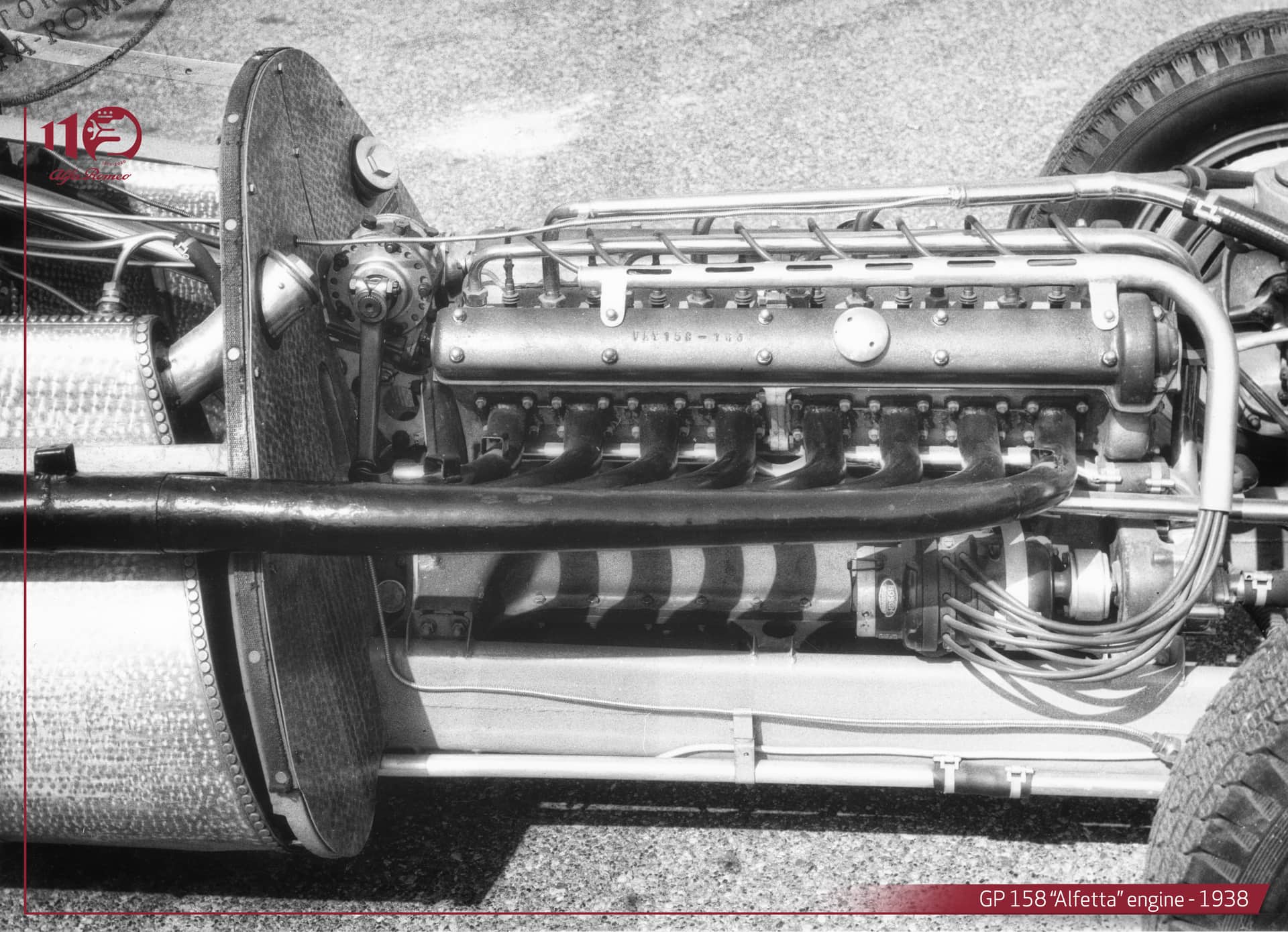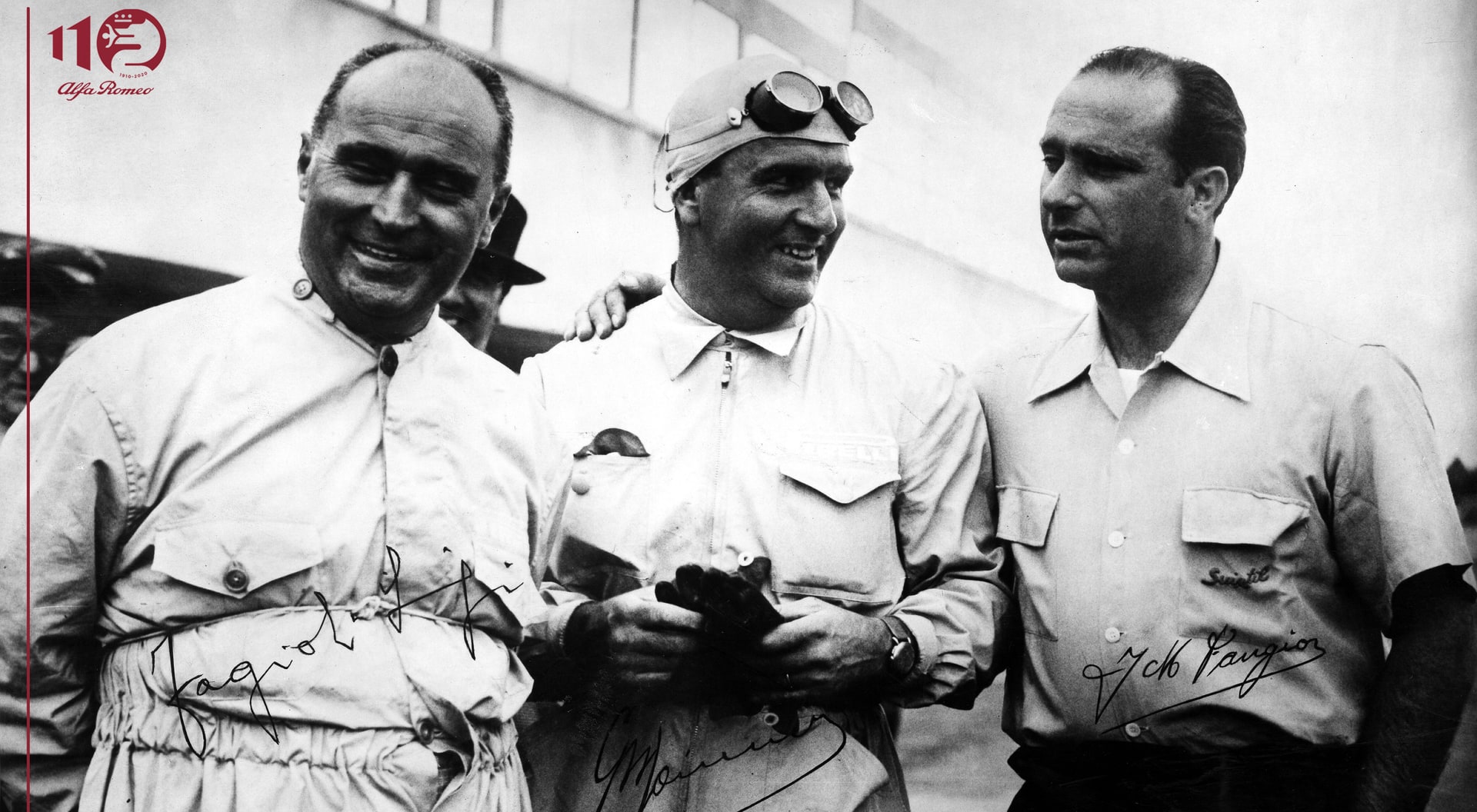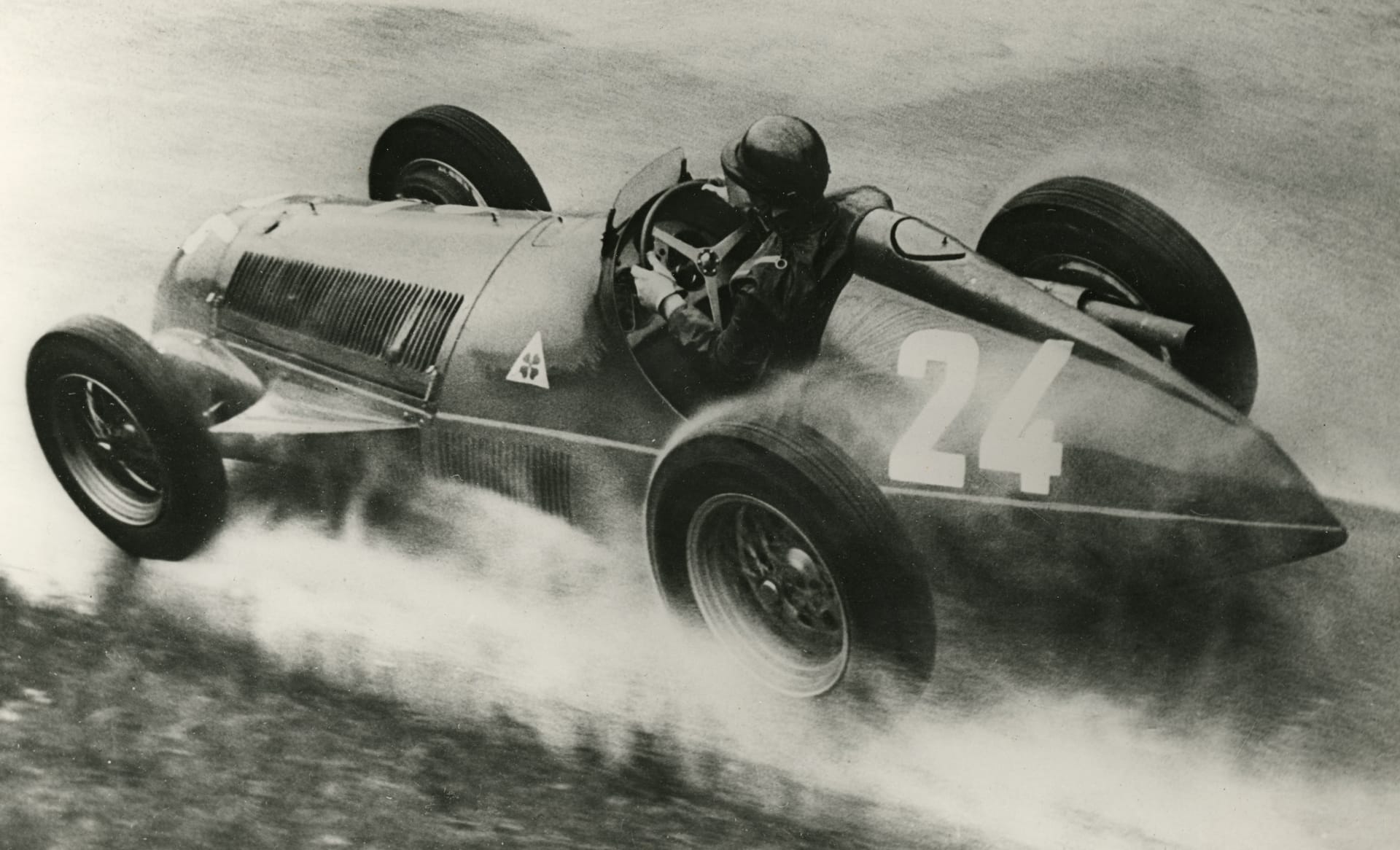Alfa Romeo: From the Alfetta to the Sauber C39
HISTORICAL BRIDGE At the start of the Formula 1 World Championship, Alfa Romeo set the tone with the Tipo 158. 70 years later, Sauber Motorsport is behind the traditional brand in the premier class with the C39 built in Hinwil. In the first year of the Formula 1 World Championship, Alfa Romeo successfully competed with the Tipo 158 - in the modern era, [...]
In the first year of the Formula 1 World Championship, Alfa Romeo successfully competed with the Tipo 158 - in the modern era, Alfa Romeo Racing and Sauber Motorsport want to do the same. The Swiss team produced the short video to mark the 70th anniversary of Formula 1.
1950 and 2020 - two eras in motorsport could hardly be more different. However, both have two things in common: the passion of the fans and of Alfa Romeo.
The brand, which won the first Formula One race in history at Silverstone on May 13, 1950, returned to Formula One in 2018 with Team Sauber and will compete this year - once it gets going - under the new name Alfa Romeo Racing ORLEN.
A Grand Prix racing car called "Alfetta
The origins of the first winning car with the model designation Tipo 158 go back to 1938. With a displacement of 1.5 liters, the eight-cylinder in-line engine complied with the regulations for Grand Prix races that were current at the time, the forerunner of Formula 1.
However, the engine and also the car itself were significantly smaller than the famous predecessors P2 and P3. The Tipo 158 therefore received the nickname "Alfetta", small Alfa Romeo.
A technological jewel
Gioacchino Colombo, the head of the design department at Alfa Romeo, opted for an overhead camshaft, triple carburetors and supercharging with the help of a compressor for the engine. By using light metals (magnesium-aluminum alloy Elektron for the block, nickel-chromium steel for the crankshaft), the engineer reduced the engine weight to just 165 kilograms.

Another special feature was the so-called transaxle layout. The transmission did not form a unit with the engine as usual, but was combined into a single unit with the rear axle differential. This design takes up less space and ensures optimum weight distribution between the two axles.
The Second World War put a stop to the development of the Tipo 158, but the technical solutions of the Grand Prix racing car were so sophisticated that they were still successful in the post-war period. In some aspects, even to this day. For example, Alfa Romeo also used the transaxle design in production vehicles from 1972 onwards, the first being the Alfetta model named after the Formula 1 racer.
The short, musically groovy and moving picture arc shows the beginnings of Alfa Romeo in the Formula 1 World Championship.
First victory after the end of the war in Switzerland
Hidden away during the Second World War, the Tipo 158s are brought back to the Portello factory after its end, carefully overhauled and prepared for a return to racing. In 1947 and 1948, factory driver Nino Farina won the Grand Prix of Nations in Geneva, teammate Achille Varzi the Turin GP and Carlo Felice Tossi the Milan GP.
The message was clear: the Alfa Romeo Tipo 158 was still the car to beat.
Values of today's super sports car
The combination of superior speed, outstanding handling and high reliability made the Tipo 158 the crown of automotive technology of its time. When it made its racing debut in 1938, the 1.5-liter supercharged engine produced 185 hp.
With a two-stage supercharger, the Alfetta already reached 275 hp after the break due to the war. By 1950, output had risen to 257 kW (350 hp) at 8600 rpm. The Tipo 158's power-to-weight ratio in that year was just two kilograms per hp - a figure that would be equivalent to a super sports car today.
The big F trio
The Alfa Romeo factory drivers converted this technical superiority into victories. The trio Farina, Fangio and Fagioli became famous as the "team of the big three Fs. The three aces won all the races in which they took part in the first World Championship season in 1950.
They were on the podium twelve times and achieved the fastest race lap five times. The biggest problem was deciding which of the three drivers should win a particular race...

Duel with Ferrari
On September 3, 1950, Alfa Romeo entered the Tipo 159 for the first time at the Italian GP in Monza. Actually developed for the 1951 World Championship, the next generation of the Alfetta celebrated its debut with a victory. With this success, Nino Farina finally crowned himself the first Formula 1 world champion in history.
In the second season, the duel for the Formula 1 World Championship between Alfa Romeo and Ferrari was decided only in the last race. After 17 years, the Alfetta's phenomenal engine was slowly reaching the end of its development potential. During the course of the year, the technicians once again succeeded in generating additional power and breaking the 450 hp barrier.

Thanks to this further increase, Alfa Romeo won four of eight Grands Prix. Defending champion Farina won in Belgium. But with victories in Switzerland, France - where he shared the car with Luigi Fagioli - and Spain, teammate Juan Manuel Fangio now secured the world championship title.
Unbeaten, the brand withdrew from Formula 1 and focused instead on producing beautiful and potent touring cars and sports cars.









